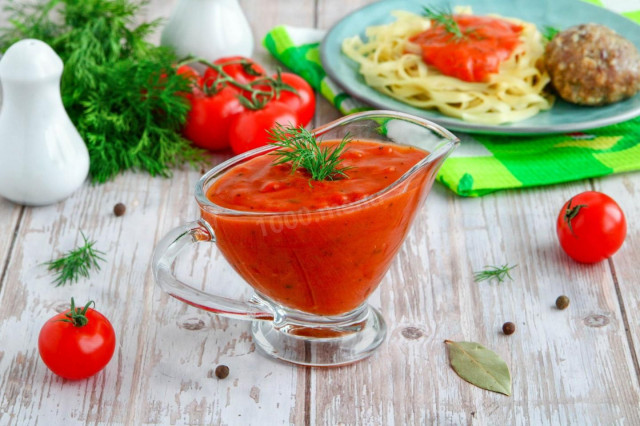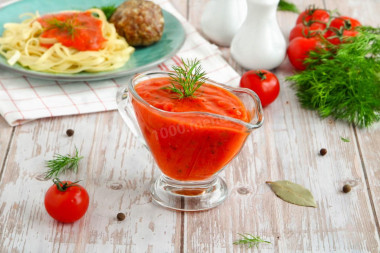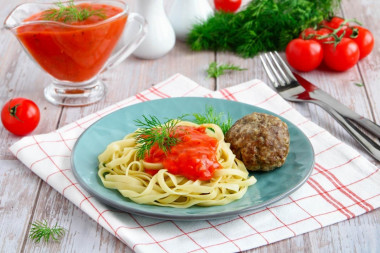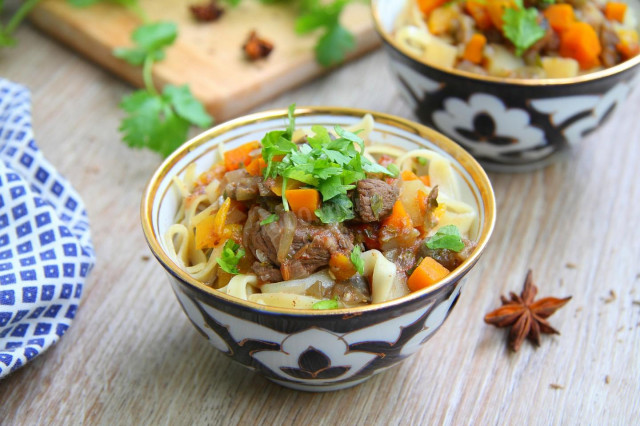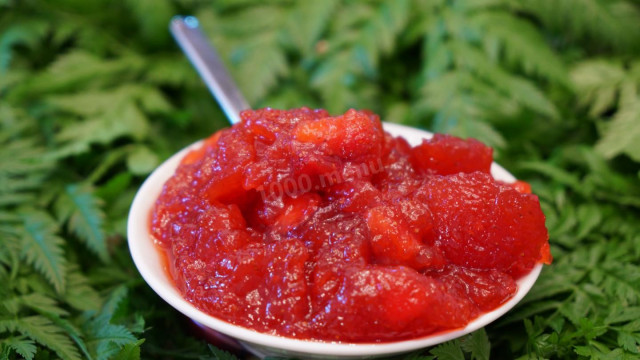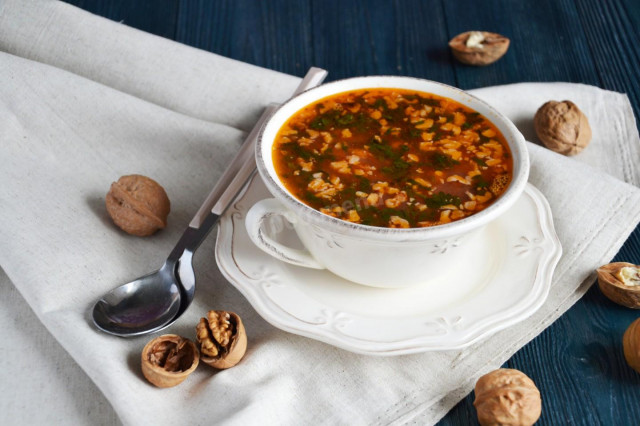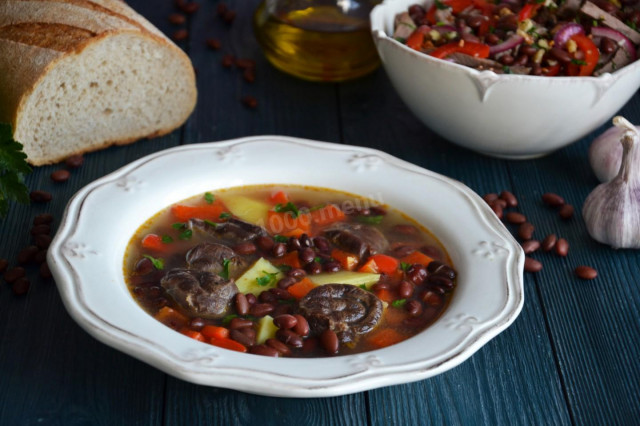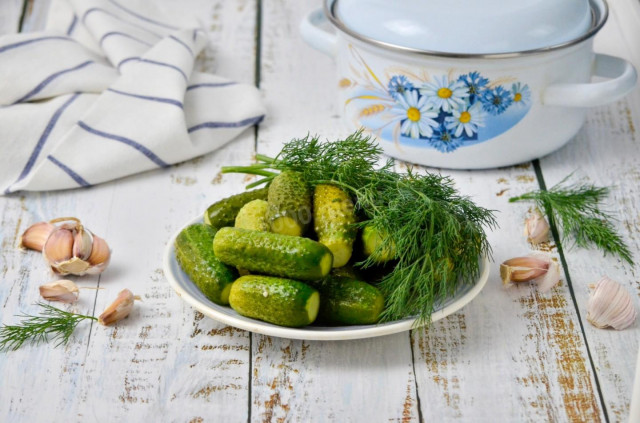Composition / ingredients
Step-by-step cooking
Step 1:
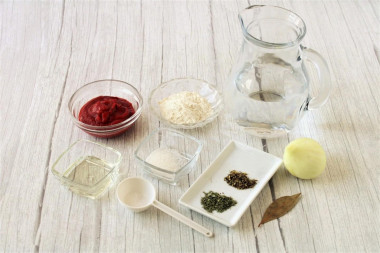
How to make gravy with flour and tomato paste? Prepare the necessary ingredients. Take odorless vegetable oil.
Step 2:
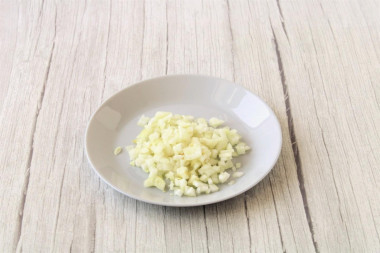
Pre-peeled onions wash, cut into small cubes.
Step 3:
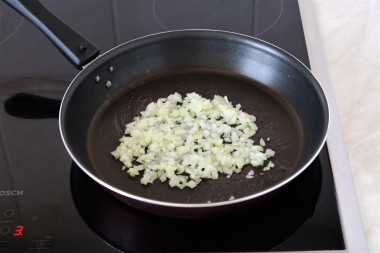
In a frying pan, heat the vegetable oil slightly, put the chopped onion. Fry the onion over moderate heat, stirring occasionally, until golden brown.
Step 4:
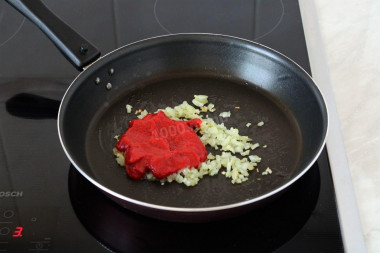
Put the tomato paste in the frying pan with the onion, mix.
Step 5:
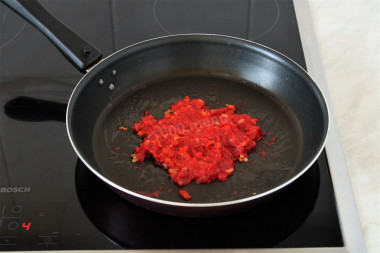
Fry the onion with tomato paste, stirring, for 1-2 minutes.
Step 6:
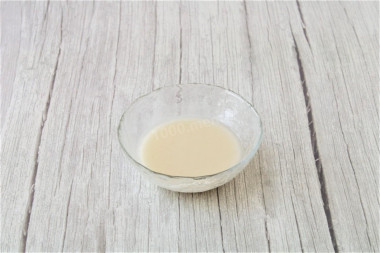
Dilute the flour in a small amount of cold water, rub until the lumps of flour completely disappear. In a small volume of liquid, this is much easier to do.
Step 7:
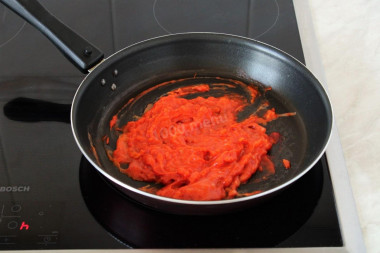
Add the diluted flour to the pan, mix.
Step 8:

Pour in the rest of the water gradually, stirring the mass actively at the same time. Increase the heat so that the gravy boils. Add salt and sugar. Pour in dry seasonings and spices, while being guided by your taste and desire. I used Provencal herbs and dried basil. Add the bay leaf to the gravy, mix well. Cover the pan with a lid and cook the gravy at a moderate boil for 10-12 minutes, stirring occasionally.
Step 9:
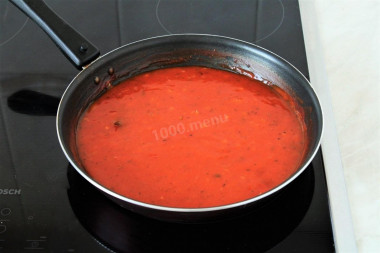
Then reduce the heat to low and simmer the gravy under a closed lid for about 10 more minutes. During this time, the gravy will change color to a more saturated and slightly thicken. Seasonings and spices will reveal their taste and give flavor. With the specified proportions of flour and gravy water, an average density is obtained. By increasing or decreasing the amount of water, the density can be adjusted up or down. Remove the bay leaf from the finished gravy.
Step 10:
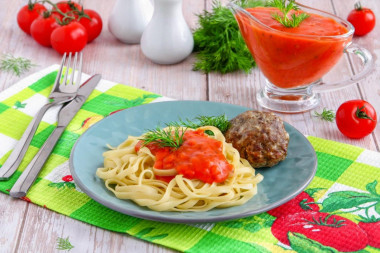
Tomato sauce is universal, it goes well with buckwheat, rice. And especially suitable for pasta and meat patties, meatballs. Bon appetit!
Since the degree of salinity, sweetness, bitterness, sharpness, acid, burning is individual for everyone, always add spices, spices and seasonings, focusing on your taste! If you put some of the seasonings for the first time, then keep in mind that there are spices that it is especially important not to shift (for example, chili pepper).
For cooking, it is better to use filtered or bottled water that is neutral to taste. If you use tap water, keep in mind that it can give the dish an unpleasant characteristic taste.
Calorie content of the products possible in the dish
- Fresh basil - 27 kcal/100g
- Dried basil - 251 kcal/100g
- Bay leaf - 313 kcal/100g
- Granulated sugar - 398 kcal/100g
- Sugar - 398 kcal/100g
- Vegetable oil - 873 kcal/100g
- Tomato paste - 28 kcal/100g
- Salt - 0 kcal/100g
- Water - 0 kcal/100g
- Onion - 41 kcal/100g
- Wheat flour - 325 kcal/100g
- Herb mixture - 259 kcal/100g

